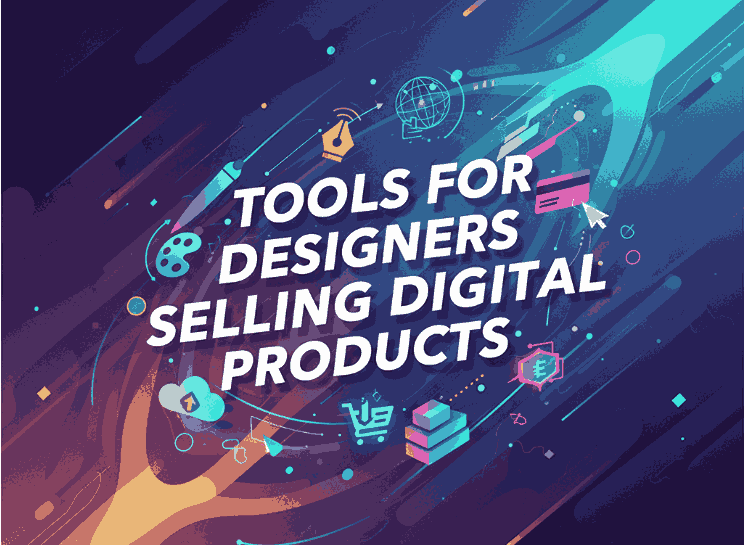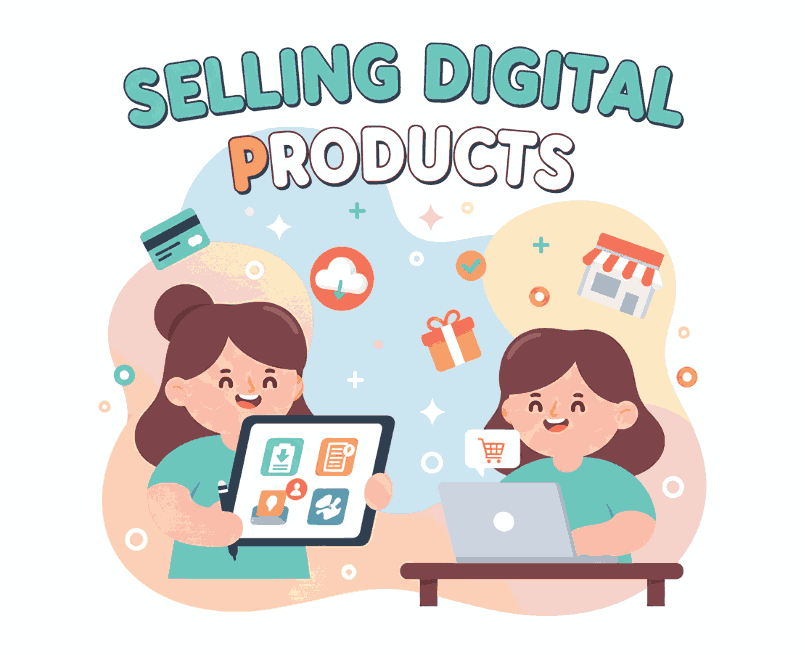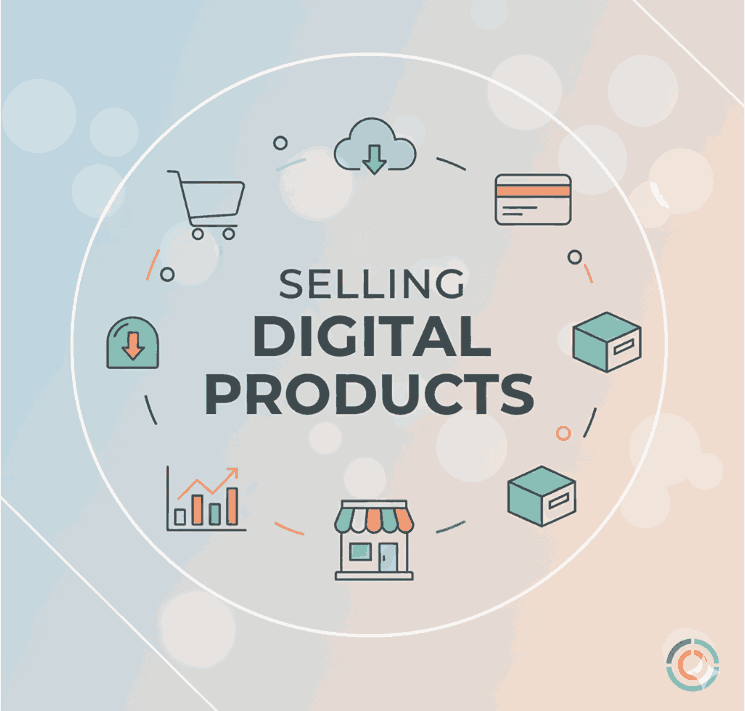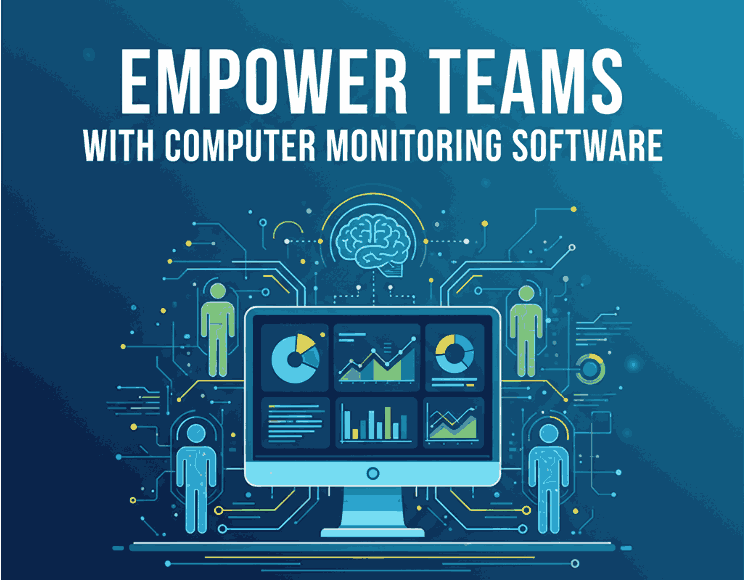
Table of Contents
- Introduction
- What is Computer Monitoring Software?
- Key Reasons Why Businesses Use Computer Monitoring Software
- 3.1 Boost Productivity & Efficiency
- 3.2 Strengthen Security & Prevent Data Breaches
- 3.3 Ensure Compliance & Accountability
- 3.4 Resource Optimization & Cost Control
- 3.5 Remote & Hybrid Management Capabilities
- Common Features in Computer Monitoring Tools
- Best Practices & Ethical Considerations
- How It Relates to Creative Businesses & Design Teams
- Font Mockups & Branding Tips
- Challenges & Risks to Be Aware Of
- Conclusion
- References
1. Introduction
In today’s increasingly digital workplace, transparency and oversight matter. That’s why many organizations ask: why businesses use computer monitoring software. From small startups to large enterprises, monitoring tools help track performance, protect assets, and maintain efficiency in a competitive environment.
2. What is Computer Monitoring Software?
Computer monitoring software—also called employee monitoring, screen or desktop monitoring—refers to applications that track user activity on company devices. This includes logging keystrokes, recording screenshots, monitoring website and app usage, and generating reports. Tools like EmpMonitor provide this functionality. empmonitor.com+1
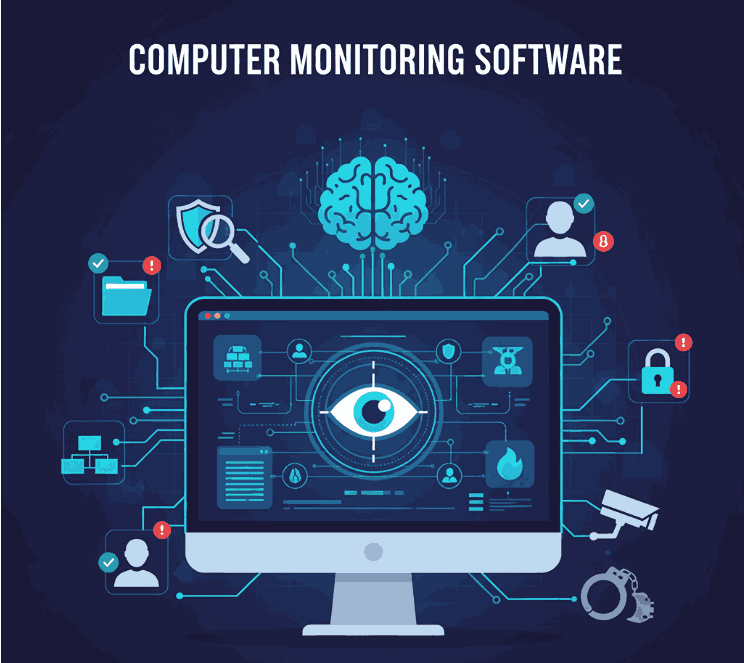
3. Key Reasons Why businesses use computer
3.1 Boost Productivity & Efficiency
One major reason is performance insight. By viewing how employees spend time—on apps, websites, idle versus active—managers can identify bottlenecks and unproductive behavior. Veriato suggests this leads to data-driven optimization of workflows. Veriato
3.2 Strengthen Security & Prevent Data Breaches
Businesses use monitoring software to detect suspicious behaviors such as unusual file downloads or unauthorized access. EmpMonitor, for example, highlights security as a core benefit. empmonitor.com
Desktop monitoring also helps detect insider threats and policy violations early. empmonitor.com+1
3.3 Ensure Compliance & Accountability
Many industries have regulations (e.g. GDPR, HIPAA) that require log records and audit trails. Computer monitoring software automates log capture and supports compliance. empmonitor.com+1
3.4 Resource Optimization & Cost Control
Monitoring helps reclaim underused software licenses, reduce IT waste, and optimize hardware usage. Pandora FMS notes that monitoring systems can improve hardware utilization. Pandora FMS
3.5 Remote & Hybrid Management Capabilities
In remote or hybrid setups, managers can’t physically walk through offices. Monitoring software gives visibility into remote activity, enabling oversight across locations. Business.com notes remote monitoring and management (RMM) is beneficial for maintaining control. business.com
4. Common Features in Computer Monitoring Tools
- Screenshot capture at intervals
- Website / application usage tracking
- Keystroke / activity logging
- Idle time vs active time measurement
- Reporting dashboards & analytics (trends, summaries)
- Alerts for unusual behavior or policy violations
Workstatus discusses many of these features in their “Benefits of Computer Screen Monitoring” article. Workstatus
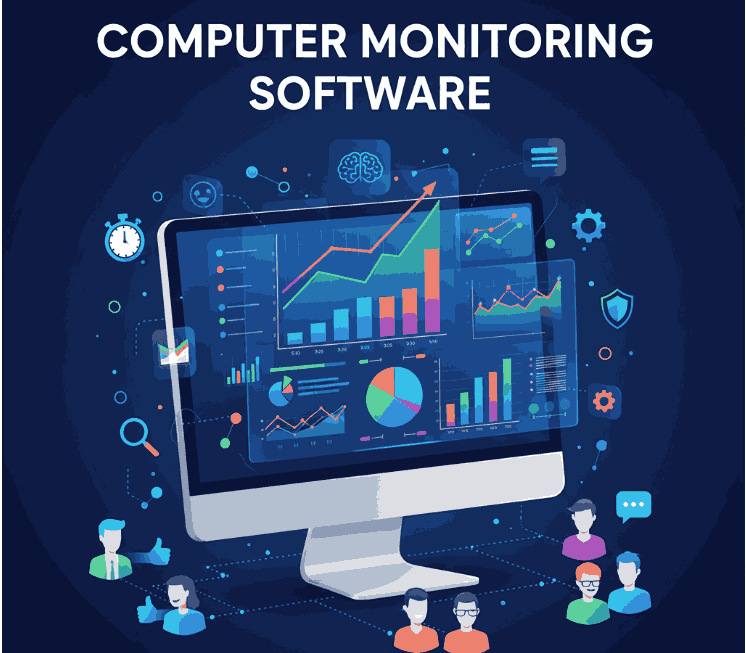
5. Best Practices & Ethical Considerations
Using monitoring software responsibly is key:
- Be transparent: notify employees of monitoring policies.
- Limit monitoring to work hours and company devices.
- Anonymize data where possible and avoid overreach.
- Use data to support, not punish.
- Balance oversight with trust to maintain morale.
Kickidler’s pros & cons list also warns about staff resistance and privacy concerns. Kickidler
6. How It Relates to Creative Businesses & Design Teams
Designers often work with large files, creative tools, and client data. Monitoring allows managers to ensure that resources and tools are used for intended tasks without unnecessary churn. Creative teams can also benefit from performance metrics to manage project timelines and workload.
7. Font Mockups & Branding Tips
Even monitoring-focused environments benefit from strong brand visuals. When communicating policy or performance, use cohesive design. Try these fonts from your collection for internal dashboards, reports, or overlay graphics:
- Baskara Display Grunge Font – A bold and edgy grunge-style display font, perfect for striking titles, posters.
- Technophile Font – A modern tech-inspired typeface with futuristic details, ideal for digital designs, UI projects.
- Kawaguchi Font – A stylish and elegant font with a contemporary touch, great for logos, invitations, and layouts.
- Money Flow Font – A strong and dynamic display font with a bold presence, perfect for finance, and impactful headlines.
They’ll help you present your data or visual communication with clarity and style.
8. Challenges & Risks to Be Aware Of
- Privacy backlash: monitoring may erode trust if not handled transparently.
- Legal restrictions: laws differ by region; some jurisdictions require consent.
- Over-monitoring: too much surveillance can demotivate employees.
- Data overload: too many reports without actionable insight is worthless.
9. Conclusion
Understanding why businesses use computer monitoring software requires balancing productivity, security, and fairness. When used ethically and transparently, such tools can empower organizations with real insight while safeguarding assets and compliance. For creative teams and design-driven brands, combining monitoring with strong internal branding (e.g. fonts, visuals) helps build trust and clarity for all stakeholders.

